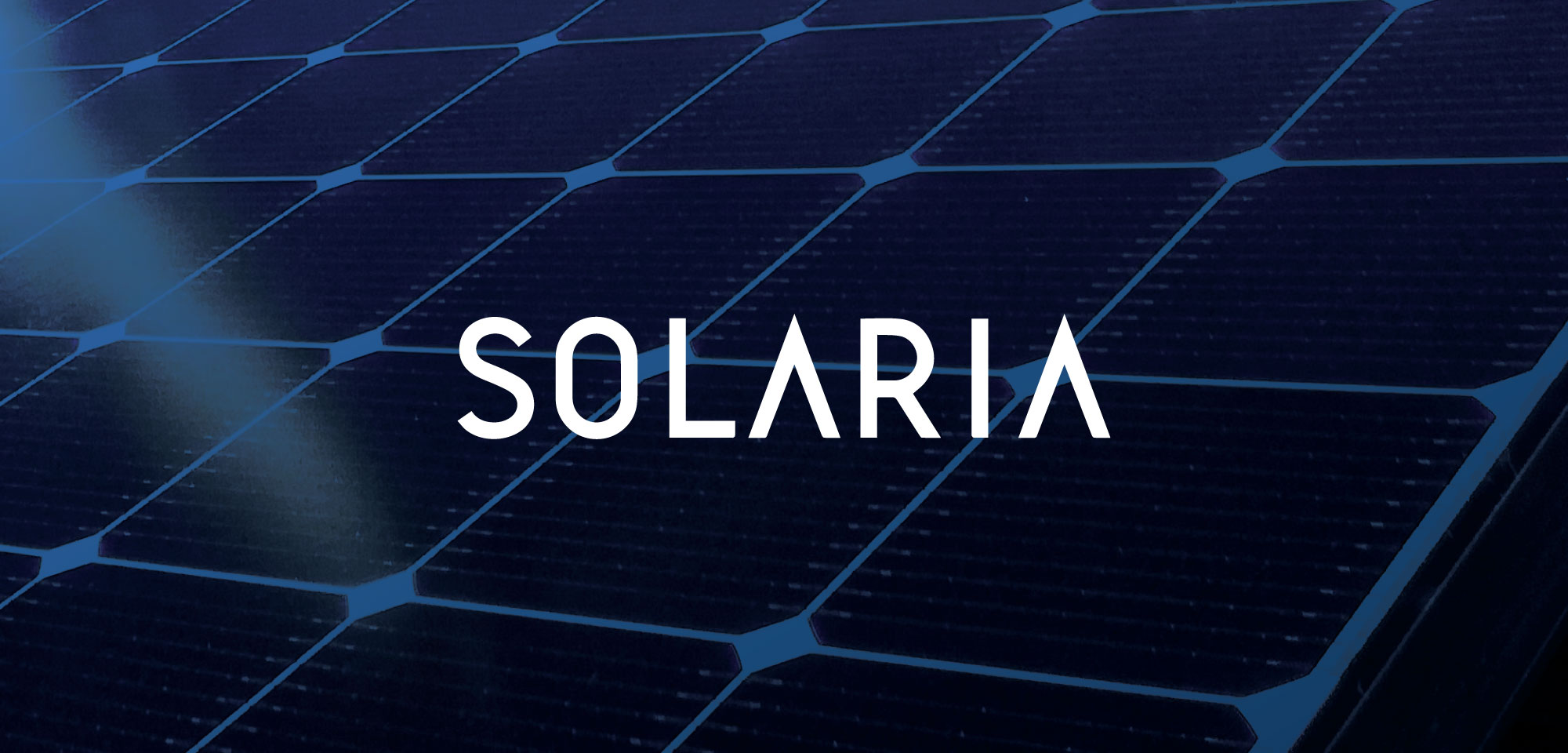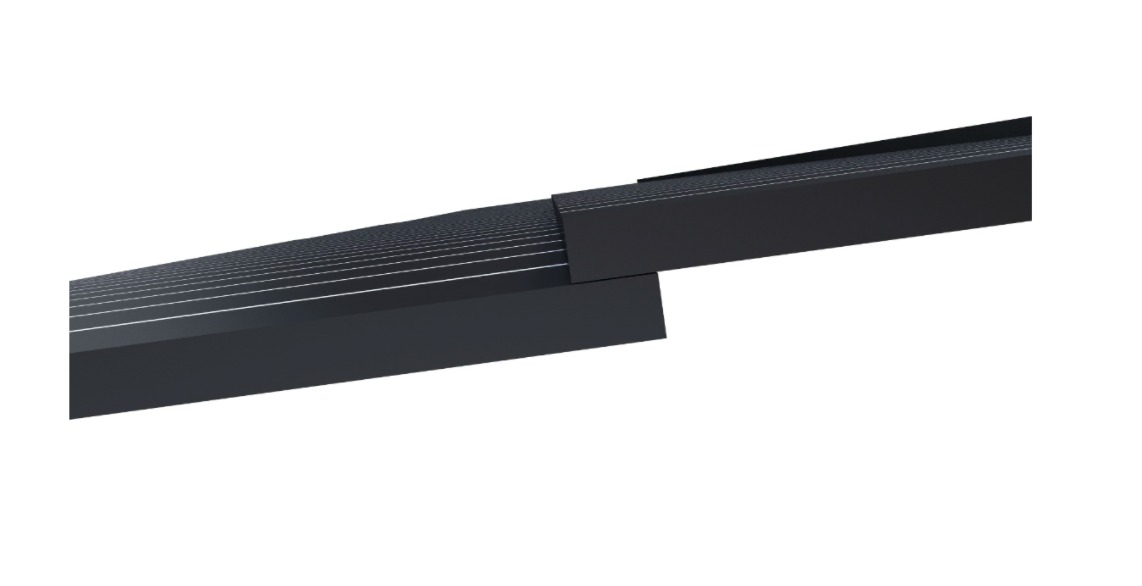
Get quotes for Solaria solar panels
Solaria has been manufacturing solar panels for over a decade. The company initially focused on utility-scale solar power but has since become a main player in the residential market. Solaria is headquartered in Fremont, California, and manufactures panels in both California and Asia.
Solaria’s success in home solar comes down to three things: quality, performance, and design. Their solar panel line, dubbed The PowerX, strikes the balance between being highly efficient and having a discreet design without costing you an arm and a leg.
So, should you consider installing Solaria solar panels on your roof? Let’s find out.
Key takeaways
-
Solaria is a USA-based solar panel manufacturing company that produces residential, monocrystalline, shingled solar panels.
-
Solaria offers two lines of solar panels: the PowerXT Series and the PowerX series.
-
All of Solaria’s performance metrics fall in line with industry standards, with their efficiency and power ratings coming in on the higher side of the spectrum.
-
Solaria offers an impressive 30-year warranty for their PowerXT Series panels and a 25-year warranty for the PowerX Series.
-
You can expect to pay between $17,500 and $21,700 for a Solaria solar system before incentives.
What products does Solaria offer?

Image source: Solaria
Solaria sells two lines of high-efficiency solar panels: the PowerXT Premium Series and the PowerX Performance series. All of Solaria’s panels are designed using the company’s patented shingled solar cell technology, where the solar cells are cut and slightly overlapped (AKA shingled) to maximize the number of solar cells in the panel. This not only lets them generate more power, but it makes them more durable against wind, snow, and rain.
Don’t get this confused with solar shingles, which are basically small solar panels designed to look like traditional roofing materials. Solaria’s panels are still regular-sized solar panels, the solar cells within the panels just overlap one another.
Not only do these shingled panels perform well, they also look great. Any wiring can be hidden beneath the overlapping cells, and the amount of the panel’s backsheet that is visible is minimized, which leads to a very uniform appearance on the face of the panel.
Specification | Solaria PowerXT Series | Solaria PowerX Performance Series |
|---|---|---|
Power rating | 400 W - 430 W | 390 W - 400 W |
Efficiency | 20.2% - 20.4% | 20.0% - 20.5% |
Power tolerance | -0% / +3% | -0% / +3% |
Temperature coefficient | -0.39% / °C | -0.36% / °C |
Warranty | 30-year product and linear performance warranty | 25-year product and linear performance warranty |
Solaria did at one time offer PowerXT Pure Black AC solar panels with built-in Enphase microinverters, however, these panels are not listed on their main product page, so it’s unclear if they are still available. Your installer may carry older Solaria PowerXT 300 Series panels, which have slightly different specifications and come with a 25-year warranty.
Power rating
The power rating of a solar panel tells you how much electricity it can produce. Solaria’s solar panels fall right in line with industry standards when it comes to their power rating. Most solar systems installed in the U.S. use solar panels that range between 350 W and 400 W.
Solaria offers panels on the higher end of the spectrum, with some panels starting at 390 W and others reaching all the way to 430 W. The high-wattage panels can be a great option for homeowners with limited roofing space, as fewer panels can be installed to cover your energy needs.
Efficiency rating
The efficiency rating of a solar panel is the measure of how much sunlight that hits the panel will be converted into usable electricity.
Most solar panels in the U.S. have an average efficiency rating between 17% and 20%. All of Solaria’s panels fall on the higher end of this spectrum, with efficiencies between 19.6% to 20.5%.
Efficiency isn’t the most important thing you need to look at when considering solar panels, but it is good to keep in the back of your mind. You can learn more about solar panel efficiency and when it matters most from SolarReviews founder, Andy Sendy in this video:
Power tolerance
Solar panels have their power rating listed, but the actual amount of power it can produce will fluctuate. The power tolerance tells you how much production can fluctuate under Standard Test Conditions (STC) and can help give you a better understanding of how the panel might operate in the real world.
All of Solaria’s panels come with a power rating of -0/+3%. This means that under STC, Solaria’s solar panels will never produce less than what they are rated to produce, but they could produce up to 3% more. So, for example, Solaria’s 360 W modules will always operate at at least 360 W but could operate as high as 370 W.
Most solar panels on the market today have a power tolerance rating between +3% to +5%, so Solaria falls right in line. Having a -0% power tolerance rating indicates that the panels will operate well on your roof and that Solaria has a high-quality manufacturing process.
Temperature coefficient
The amount of power your solar panel can actually produce depends on a few factors, but temperature is one of the most important. The hotter your solar panel is, the less power it can produce.
The temperature coefficient gives you an idea of how much a panel’s power output will be impacted as the surface temperature of the solar panel increases. Most solar panels today have temperature coefficients between -0.3% and -0.5%, meaning the power capacity of the panel will fall by 0.3% for every 1°C the panel’s surface temperature increases.
Solaria’s panels all have a temperature coefficient of -0.39%, which falls right in line with industry standards.
How much do Solaria solar panels cost?
You can install an average-sized (7 kW) Solaria PV system for a total cost of between $17,500 to $21,700, before incentives. This ends up working out to around $2.50 per watt to $3.10 per watt, which is in the same range as the current average cost of solar in the U.S.
The actual price you pay for a Solaria system will depend on where you live, which Solaria model you install, and the solar installer you choose.
$17,000 definitely isn’t pocket change, but considering the performance of Solaria’s panels, it’s a steal. Plus, this is the price of a solar installation before any incentives, like the 30% federal solar tax credit, are applied. You can find out what incentives are available in your area by using our state-of-the-art solar panel cost and savings calculator.
What is the warranty like on Solaria solar panels?
The warranty you get from Solaria depends on which module line you pick: the Power XT 300 Series or the Power XT 400 Series.
Solaria PowerX Performance Series warranty
Solaria’s PowerXT 300 Series panels come with a 25-year Freedom from Defects Warranty, which covers the panels from material and workmanship defects for 25 years. This is pretty impressive, as many panel manufacturers today only offer 10 to 12-year product warranties.
The PowerXT 300 Series also comes with a Power Output Warranty. As solar panels age, they lose some of their ability to produce electricity. The power output warranty gives you an idea of how much you can expect your panels to degrade over time.
Solaria’s warranty states that the output of the PowerXT 300 Series will not drop by more than 2% in the first year, and no more than 0.5% annually for the remainder of the 25-year period. Solaria falls right in line with industry standards - most solar panels on the market today will have an initial Year 1 degradation rate between 2% and 3% and an annual rate of 0.5%.
Solaria PowerXT Series warranty
Solaria’s PowerXT 400 Series has an even better warranty than the 300 Series; the 400 Series is warrantied for a whopping 30 years. That’s three times as long as some of the other product warranties on the market.
Their power warranty term is also 30 years. Just like the 300 Series warranty, Solaria states that the panel’s production will not drop more than 2% in Year 1, and no more than 0.5% annually for the remaining 29 years.
Should you go solar with Solaria solar panels?
Solaria has been in business since 2000 and has been climbing the ranks as a popular residential solar panel manufacturer ever since. Their biggest selling point is their competitive pricing, as well as their sleek design. And you don’t have to sacrifice on performance either, as they have higher power output ratings and offer great warranty coverage compared to competitors.
The biggest downside to Solaria is that they haven’t made it onto Bloomberg’s Tier 1 solar manufacturers list. Typically, we recommend choosing Tier 1 solar panels for added long-term reliability, but that doesn’t mean Solaria panels won’t work well on your roof.
Solaria has gotten other solar accolades though, like passing rigorous third-party product testing in 2018 to be listed as a DNV GL Top Performer. The company has also been trusted for multiple projects across the United States, like the revolutionary Soleil Lofts, a virtual power plant apartment complex in Utah.
Overall, you should consider going with Solaria if you’re on a tighter budget but need high-power and high-efficiency solar modules. They have great warranty terms, are manufactured in the U.S., and look awesome on your roof. Local solar installers will be able to help you get a better understanding of what brand of solar panels are right for your specific home.
Catherine has been researching and reporting on the solar industry for five years and is the Written Content Manager at SolarReviews. She leads a dynamic team in producing informative and engaging content on residential solar to help homeowners make informed decisions about investing in solar panels. Catherine’s expertise has garnered attention from leading industry publications, with her work being featured in Solar Today Magazine and Solar ...
Learn more about Catherine Lane